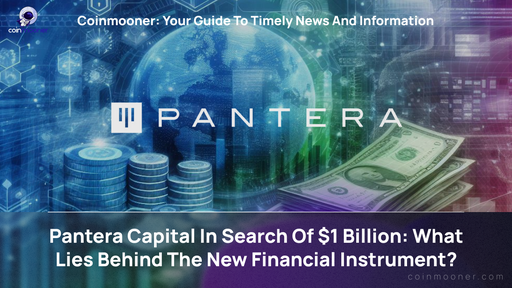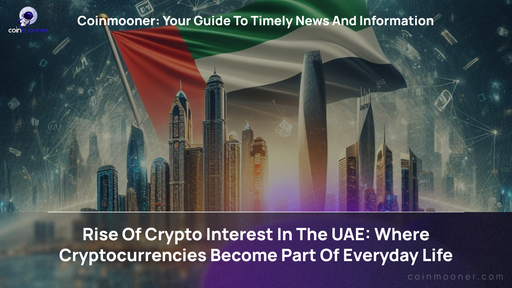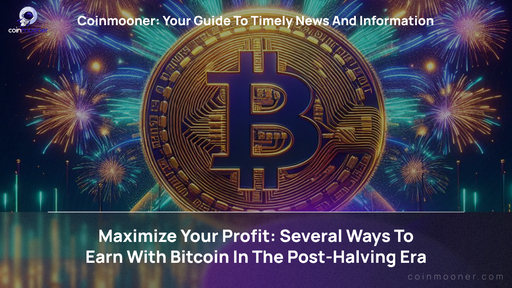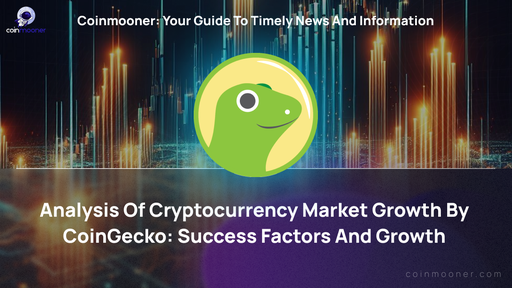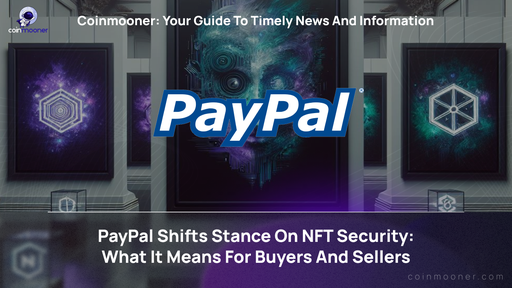Exploring the Nexus: Gaming in the Metaverse and the Blurring Boundaries of Reality


“A new world”, “a virtual realm”, and “a parallel universe” are all catchphrases used to describe the buzzword “metaverse.”
Although the picture is incomplete, the idea is an immersive 3D virtual space where creators create “a new world” that everyone can access through a portal – the internet and other emerging technologies - regardless of physical location.
It is not a new term; it was first used in the sci-fi novel Snow Crash by author Neal Stephenson in 1992. A more recent and graphic representation of this idea could be seen in Steven Spielberg’s Ready Player One movie adaptation of Ernest Cline’s novel. The term represents an enhanced virtual environment ranging from online video games to shared virtual workspaces.
However, contrary to common misconceptions, the metaverse is not a game. Instead, it is an expansive virtual world where many things can occur, with gaming being one example we’ll examine closely in this article.
Gaming and the Metaverse: What’s that About?
From the early days of Ralph Baer’s “Brown Box” to Atari’s arcade gaming, gaming has always been about bringing people together. The boom of both home and arcade gaming in the 1970s through the releases of the Atari 2600 and more advanced gaming consoles in later years by gaming giants Sega and Nintendo further widened the gaming community. And with the explosion of internet capabilities and computer microprocessors in the early 2000s — gaming’s golden age—the enjoyment of gaming as a shared activity across borders became viral.
Now, more recently, advances in mobile technology are defining the future of gaming. These advances, coupled with the development of the blockchain and cryptocurrency, are steering gaming in another direction. A new direction where players can do more than pass time– they can earn money simultaneously. The present reality involves an online marketplace where players can earn, buy, and sell in-game items and tokens, thus facilitating collaboration between players and developers.
Throughout this brief memory travel, you’ll observe some terms that are consistent with the ideas commonly associated with the metaverse; “shared activity,” “bringing people together,” “community,” and “earn.” These words vividly describe what gaming and the metaverse are all about.
Technologies Powering Gaming in the Metaverse
By now, you have a picture of what the marriage between gaming and the metaverse resembles. So, how are the pixels coming together?
To get an idea, here are some technologies powering this new era of gaming in the metaverse:
Cryptocurrency
The “real” universe runs on money. Money serves as a unit of account, store of value, medium of exchange, and a standard of deferred payment.
It makes sense to think a new universe, the metaverse, will need one too. Further, the fact that gaming is already tilting towards financialization dictates that gaming in the metaverse will need its financial system.
This is where cryptocurrency comes in. As it stands, it is the major payment method in the metaverse. It’s much like traveling to another country with your home country’s currencies. You might have to convert your currency to theirs to make financial transactions. Likewise, gamers in the metaverse often have to convert their fiat money to crypto. Cryptocurrencies power gaming in the metaverse by serving as a medium of exchange for NFTs, digital real estate, and in-game tokens.
Even outwith the metaverse, cryptocurrencies are increasingly being used for in-game payments. Some online casinos now exclusively accept them as a method for players to fund their accounts, and they’re also increasingly being used to pay for in-game purchases in video games.
Blockchain
Just as in the “real universe,” individuals need virtual items, lands, and, in the case of gaming, in-game tokens, collectibles, and other items. Cryptocurrency serves as a virtual currency for acquiring these things and ascribing value to them. However, there’s a need to ascertain proof of ownership and ensure security.
Blockchain powers gaming in the metaverse by satisfying these needs.
It facilitates decentralization and transparency to ensure seamless activities. Furthermore, it provides secure and transparent ownership of digital assets by recording transactions immutably and placing a time stamp on them. This functionality minimizes the chances of fraud while gaming in the metaverse.
The best crypto casinos are already using blockchain technology to build trust among players by ensuring an unchangeable record of every bet, withdrawal, or activity on their website. It’s also used for players to verify the outcome of each game was truly random and that results were not tampered with to cause them to lose a bet.
Developers further take advantage of this feature by applying it in other use cases like digital ownership, verification, governance, value transfer, and interoperability. As such, most metaverse games are built on blockchain technology.
Augmented and Virtual Reality (AR and VR)
Gaming in the metaverse hinges on the idea that gamers can interact with each other from different physical locations as though they were in the same physical space. With the help of 3D sound effects, motion tracking, and lifelike graphics, gamers can enjoy an immersive gaming experience that mirrors real-life interactions.
AR helps players interact with elements like weapons in combat games as if they were right there physically. It also helps to assemble the entire gaming environment.
For instance, the fighting stage, its surroundings, and background noises in a combat game launched in the metaverse comprise virtual elements like the stage and surrounding imagery. You would essentially be in a new place — except that you’ll also be in your room, car, office, or any other place you want to play.
These emerging technologies are central to the seamless and immersive gaming experience that the metaverse promises. They integrate virtual computer-generated elements into the real world to create an illusion of reality.
Ultimately, they help to both create and immerse the gamers in a virtual physical environment they can gain access to by using technologies like VR headsets. As such, gamers in the metaverse get a deeper level of involvement in the game.
Artificial Intelligence (AI)
Artificial intelligence is augmenting the effects of VR and AR by further making the gaming environment more dynamic and challenging.
This technology is at the forefront of developing Non-Playable Characters (NPCs). With AI, NPCs are not restricted to scripted responses like earlier game generations. They’ll no longer be passive components of the game. Instead, they can respond intelligently to the player based on past data and its interpretation of this data. Furthermore, they’ll be able to respond naturally to changing circumstances and actively engage with users as emotionally intelligent entities. AI is shaping gaming in the metaverse to be as real as they come.
Based on this premise, AI algorithms also employ procedural content generation in creating unique gaming experiences. It contributes to developing novel gaming quests, environments, and challenges.
Each gaming experience is unique. There are endless possibilities and implementation ideas. For instance, players can get game suggestions based on their past choices and online activities. Also, gaming difficulty can be adapted seamlessly based on player abilities as detected by the algorithm. It’s almost like AI is empowering players to put together their own game when they play in the metaverse.
The Effects? A Blurred Reality
These technologies and more combine to put gamers in a “dream-like” alternate universe. You get to put together an avatar depicting how you perceive yourself. And we’re already seeing it in reality with games like Roblox and Minecraft implementing this architecture.
As it all comes together, big questions arise. You just won a gunfight with your team member, a player seven seas across from you. But you were just shaking his hands over a strategy session.
What’s real? What’s not? Gaming in the metaverse will potentially blur our reality via the following avenues:
Social Gaming and Community Building
The earlier analogy illustrates this perfectly.
The metaverse offers immense opportunities for building a strong bond with other gamers, thus building an active community of gamers. Social gaming is, perhaps, currently the hottest trend in online gaming.
Multiplayer gaming is a huge aspect of this. And evidently, there have been cases where gamers value their relationships with their team in Fortnite nearly as much as they do with their in-person friends and family.
Again, what’s real? What’s not?
Financialization
You might need a job should you decide to live in the metaverse. The emerging play-to-earn (P2E) model of metaverse games creates an avenue for people to earn real rewards for in-game activities. This ideology has been met with opposing views.
One side of the debate believes the model makes gaming less enjoyable as it now feels like work. The other side of the debate claims there’s nothing wrong with that, as playing professionally should earn some financial reward.
Nonetheless, the possibility exists, and it seemingly appears the “real world” need to get a “real” job or income stream is fading into oblivion.
Gaming in the metaverse might be facilitated by employing a hybrid approach that includes free-to-play and play-to-earn models. This approach accommodates players looking to play for fun and those looking to play for financial incentives. This approach is called GameFi - an intersection between gaming and financialization.
Summing Up
The metaverse is poised to revolutionize gaming and our reality.
Immersive experiences in real-time powered by AR/VR technologies, cryptocurrency, blockchain, and AI will bring about social gaming, community building, interoperability, and a new era of financialization. The ultimate metaverse gaming experience can be blissful.
But, it will come at a cost. It’ll take substantial investments in infrastructure and user experience to make it happen because the metaverse depends on seamless connectivity and an intuitive interface.
And when it finally comes together, just like in the movie Inception, you might have to “admit it, you don’t believe in one reality anymore.”
Frequently Asked Questions (FAQs)
Gaming in the metaverse sounds futuristic, and many people find it difficult to wrap their heads around the concept. In search of more understanding, the following are frequently asked questions about gaming in the metaverse.
1. Is Metaverse Gaming the Future?
While no one can predict “the future” with certainty, the numbers representing the sector’s projected growth indicate a bright future. The metaverse gaming market is currently reaching a value of $14.2 billion, and 943.3 million people are projected to be involved in the metaverse gaming market by 2030.
It might be the future.
2. What Gaming Brands are in the Metaverse?
Multiple gaming brands are racing to get a huge chunk of the metaverse gaming market. The most notable games and brands captializing on the trend at the moment include:
● Roblox
● Meta
● Epic Games
● NVIDIA
● Microsoft
3. What is the Difference Between the Metaverse and Gaming?
The metaverse is not a game. It is an expansive 3D virtual world where people can collaborate in real time for various purposes. Gaming, on the other hand, is one such event that people can enjoy in the metaverse.


